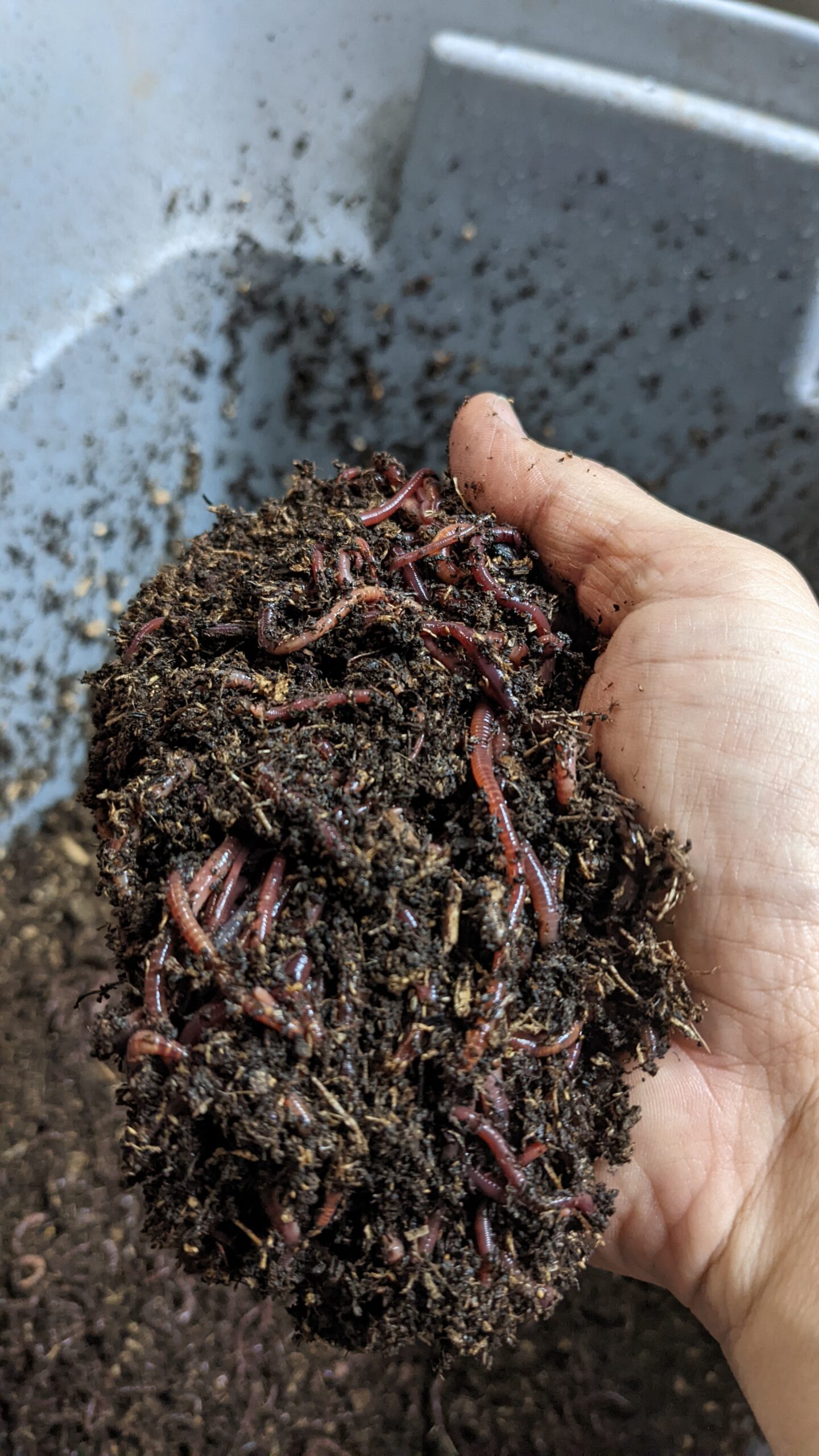Facts About Red Wiggler Express Revealed
Facts About Red Wiggler Express Revealed
Blog Article
The Red Wiggler Express Diaries
Table of ContentsThe Red Wiggler Express IdeasAll about Red Wiggler ExpressIndicators on Red Wiggler Express You Need To KnowRed Wiggler Express Can Be Fun For Anyone
Vermicomposting certainly isn't a new method. We've been doing it right here at Uncle Jim's for years. With the global press for sustainability and with green practices expanding in appeal, people are finally coming around and acknowledging the environmental benefits of red wiggler worms and composting. In this write-up, we'll talk about how vermicomposting sustains sustainable horticulture and the ecological benefits of red wigglers and various other earthworms.
This is the except it. If you want to check out comprehensive regarding red wiggles, we have an entire post committed to them right here. Currently, allow's enter the nitty-gritty of exactly how these worms support sustainable horticulture methods and benefit the environment: Worm composting resembles a day spa day for your dirt.
When included into your garden dirt, these spreadings enhance its framework, aeration, and water retention. This aids with plant development and health and does not call for the use of any type of chemicals. Did you know that organic waste makes up a substantial section of land fill material?
By diverting your kitchen scraps and backyard waste right into a worm composting bin, you're successfully minimizing the quantity of natural waste that finishes up in landfills. It's a win-win scenario for your yard and the planet. Ignore chemical fertilizers worm spreadings are the actual offer. They're chock-full of necessary nutrients like nitrogen, phosphorus, and potassium.
The Red Wiggler Express Ideas

Maintain the bin in a cool, questionable place to avoid overheating. Mix the nutrient-rich worm spreadings right into your yard dirt or use them as a leading clothing for potted plants. You'll observe much healthier, better plants in no time! It actually is as basic as that. In a world where sustainability is coming to be progressively critical, red wigglers radiate as unrecognized heroes of horticulture.
Composting may seem like old news, but doing it with a container complete of worms most likely doesn't. Red wiggler worms use terrific benefits to the natural gardener, producing both a natural plant food and an effective pesticide. And they consume your kitchen area scraps. The worth of red wigglers, a.k (Where To Buy Worms).a. Eisenia fetida, exists in their waste matter, referred to as worm spreadings.
Worm spreadings may be bought at shops such as SBS in Vineyard Haven or Vineyard Gardens in West Tisbury, but to elevate the worms in a garden compost bed and harvest your own spreadings is far more enjoyable. The work of these worms is a component of sustainable living. Red wigglers are indigenous to steed manure, where they burrow to lay eggs.
Red Wiggler Express Fundamentals Explained
(https://jet-links.com/Red-Wiggler-Express_355203.html)They can not make a great deal of it." He covers the bin with straw, after that a piece of old carpeting. "They like the warmth," he claims. Lynn explains the manufacturing of spreadings and 2 usages: as a fertilizer and as a chemical. "They digest deteriorating matter. It goes through them and adds calcium to make this rich planet," she claims.
"We call it golden tea," states Lynn. "I did it to see if it would make a difference on white flies and aphids. My rosemary had a mold or fungus. After I splashed, right away it looked far better." The red wiggler is a prodigious dog breeder, laying eggs as frequently as once a week.
It takes 3 to five months for an infant worm to reach sex-related maturation and the adult length of 3 inches. Their life period is 4 to 5 years unless of course they are used for lure. As freshwater fish lure, wigglers wriggle responsible and survive undersea longer than conventional earthworms.

As one of the Epigeic class of garden compost worms, the usually does not show up in soils. Instead, it flourishes within the dirts of ground covers, manure, and breaking down vegetation. The worm is red or reddish-brown in shade and has a smooth, round shape. The clitellum, or saddle-like reproductive gland, is located about two-thirds of the way down the worm's body.
A red wiggler worm can expand up to four inches in length however is usually only about 2 and a fifty percent inches. The worm has a small mouth located at the front of its head. It likewise has small bristles, called setae, which help the worm step and support itself to surfaces.

Report this page